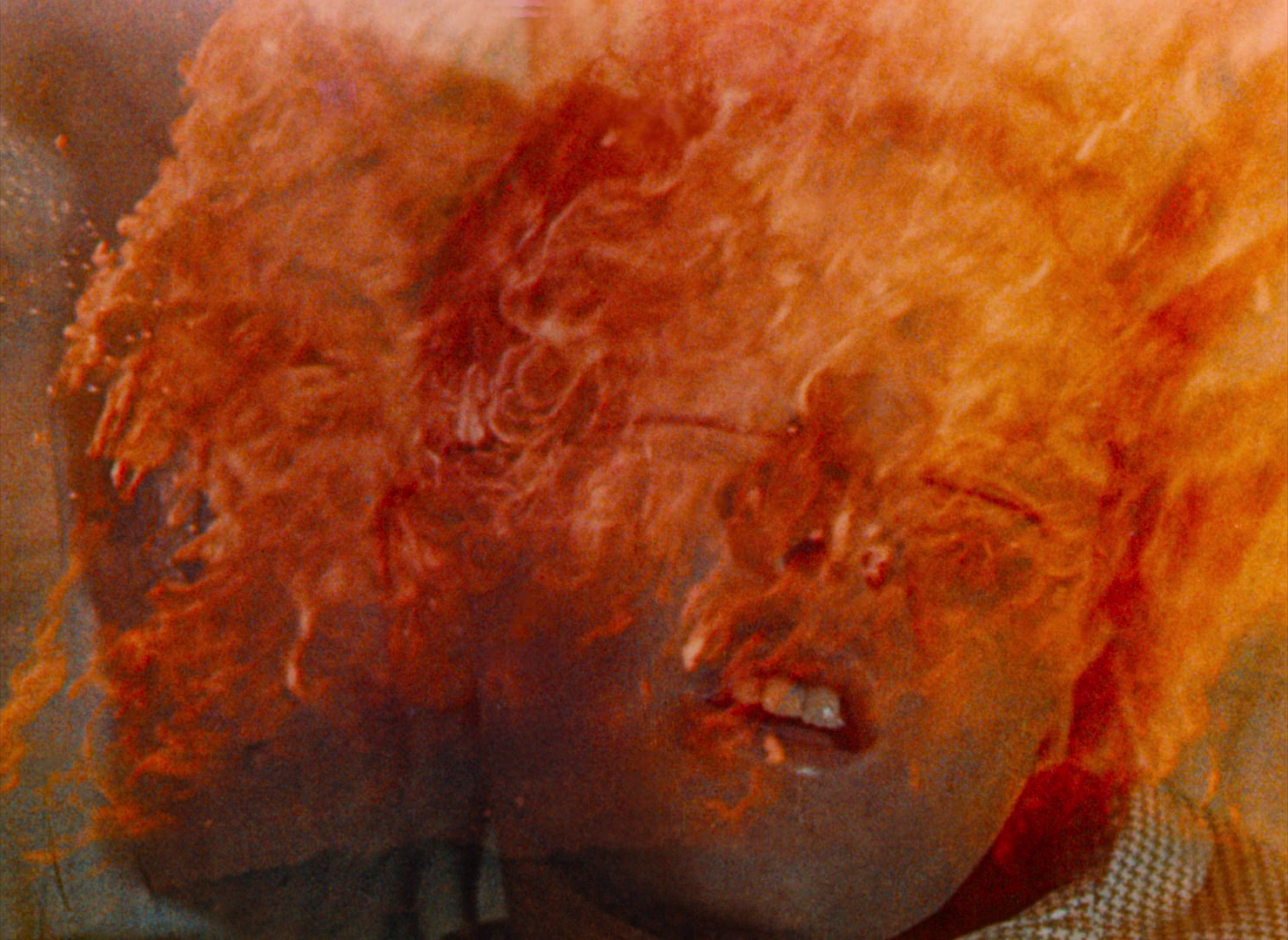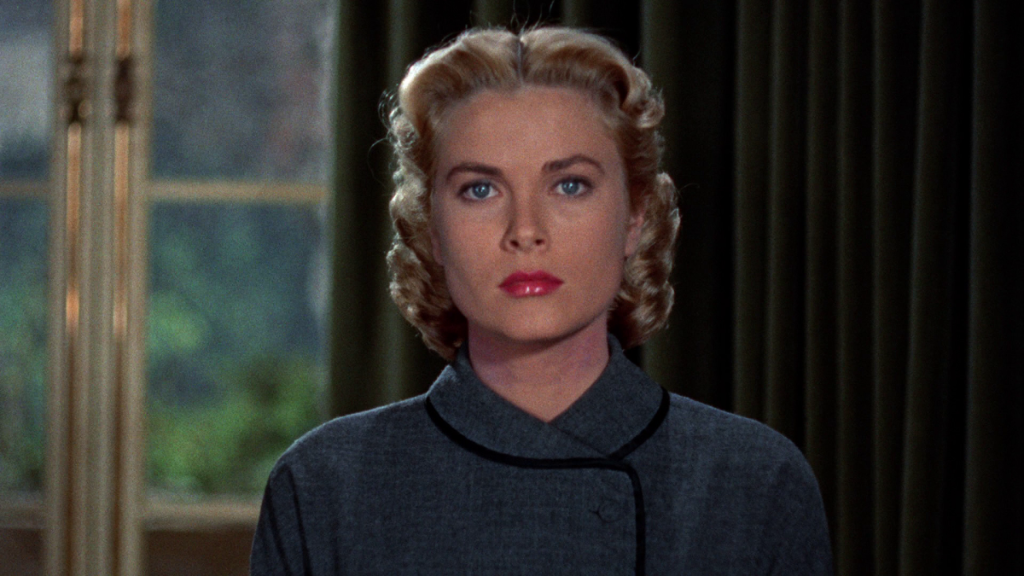Roman Holiday (1953) [Centennial Collection] – DVD|[70th Anniversary] – 4K Ultra HD + Blu-ray
Note: all framegrabs were sourced from the 4K UHD disc
***½/****
DVD – Image B- Sound B Extras C
4K UHD – Image B Sound A- Extras C+
starring Gregory Peck, Audrey Hepburn, Eddie Albert, Hartley Power
screenplay by Ian McLellan Hunter and John Dighton
directed by William Wyler
by Walter Chaw It’s one of those seminal moments that movies provide the culture with now and again, like the swoop up a little rise to an impossibly fresh John Wayne in Stagecoach, or the intervention of a fortuitous steam vent in The Seven Year Itch, this introduction we have to Audrey Hepburn as she’s whirled around in a barber chair in William Wyler’s Roman Holiday to reveal the pixie-cut heard ’round the world. That she’s adorable is a given–the real issue is whether she’s an actress or just a bundle of inexplicable charisma, a ganglion of celluloid starlight that evaporates under the slightest critical scrutiny. I love Roman Holiday, but I vacillate between indifference and actual dislike of the rest of Hepburn’s films. I don’t find her winsome in Breakfast at Tiffany’s, am irritated by her in Charade, think she’s appallingly twee in Love in the Afternoon. She doesn’t hold her own against Sean Connery in Robin and Marian and gets blown off the screen by Albert Finney, Alan Arkin, and Rex Harrison in Two for the Road, Wait Until Dark, and My Fair Lady, respectively. If you ask me, Audrey isn’t an actress so much as someone you would like to have known and maybe had the opportunity to cuddle, which makes her mega-stardom in the Fifties and Sixties all the more testament to her ineffable appeal. Happening right when Method was rendering personalities like Hepburn déclassé, she was making a career of being terminally anachronistic. It’s Ozzie’s Harriet, sashaying while Rome burns. Instant nostalgia; even when she was introduced for the first time, it must have seemed like ages ago.





